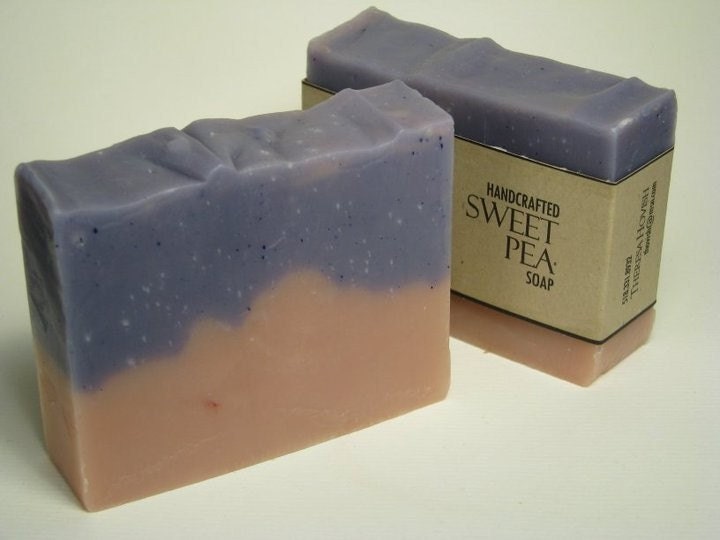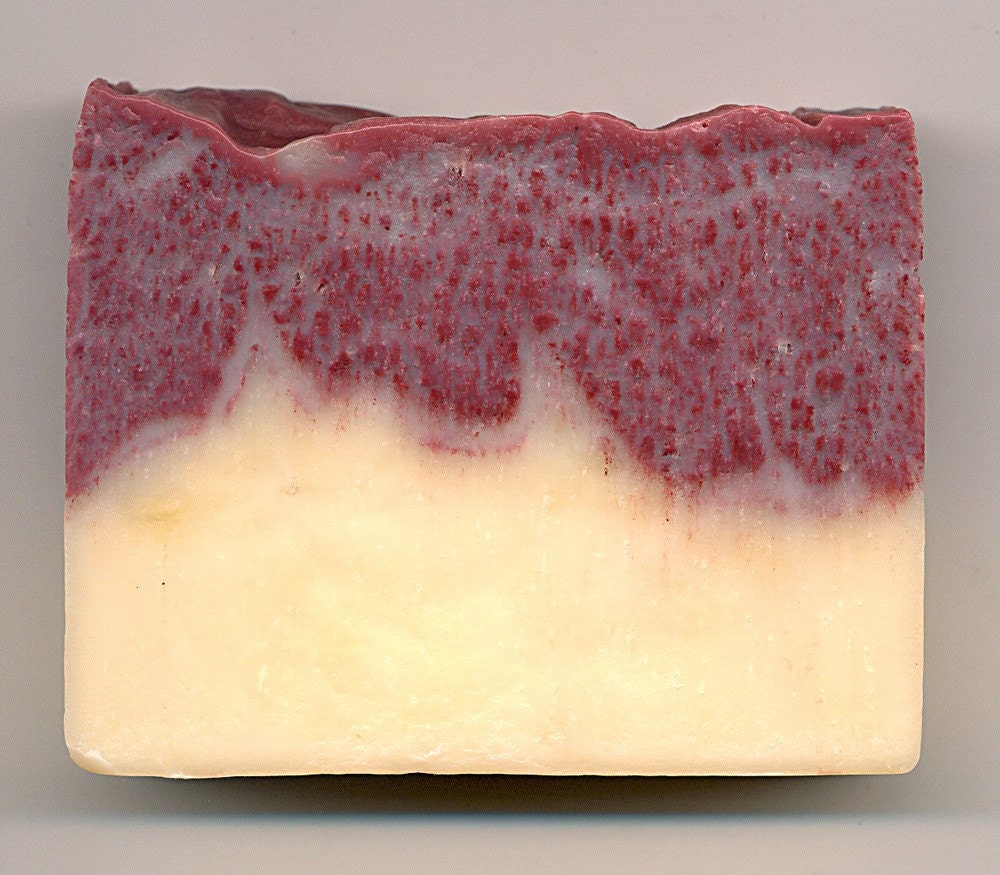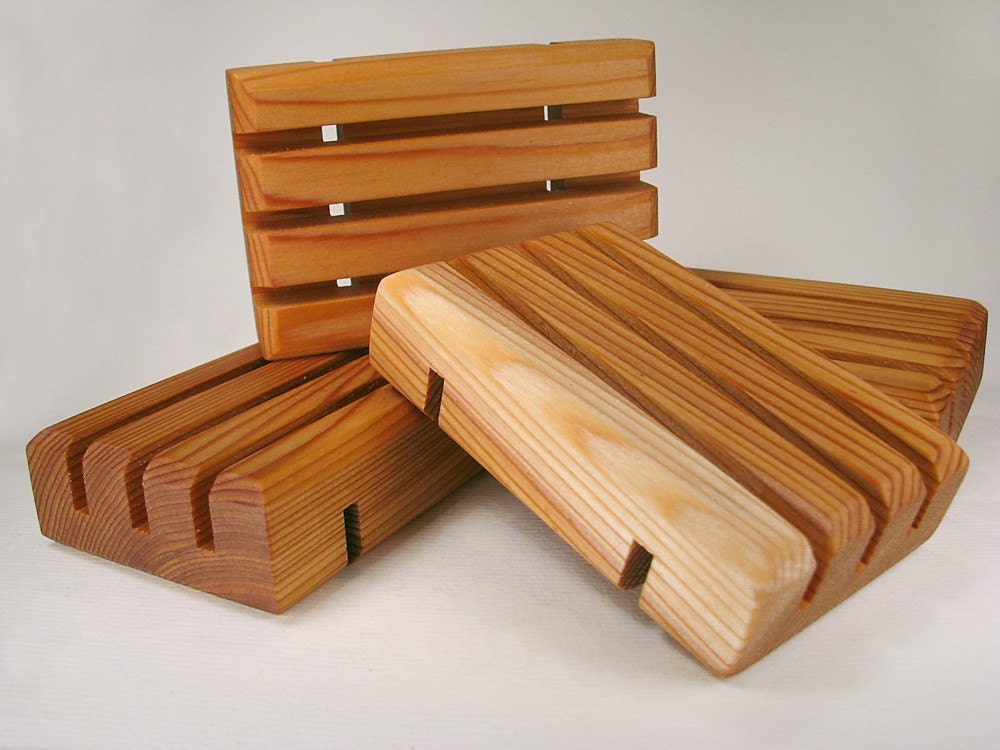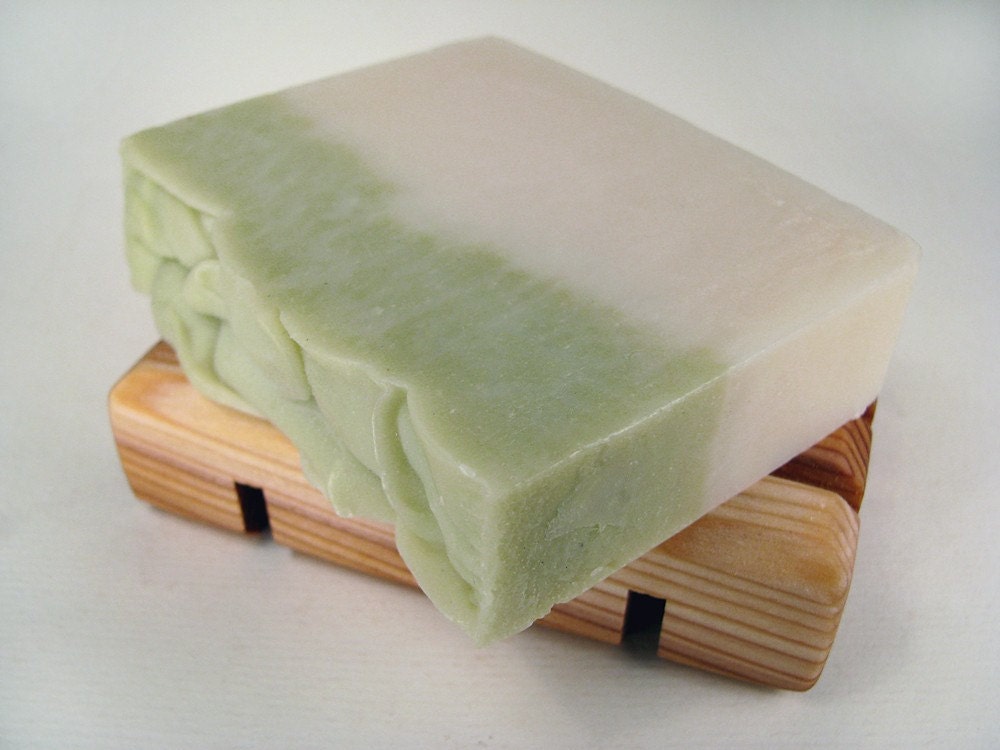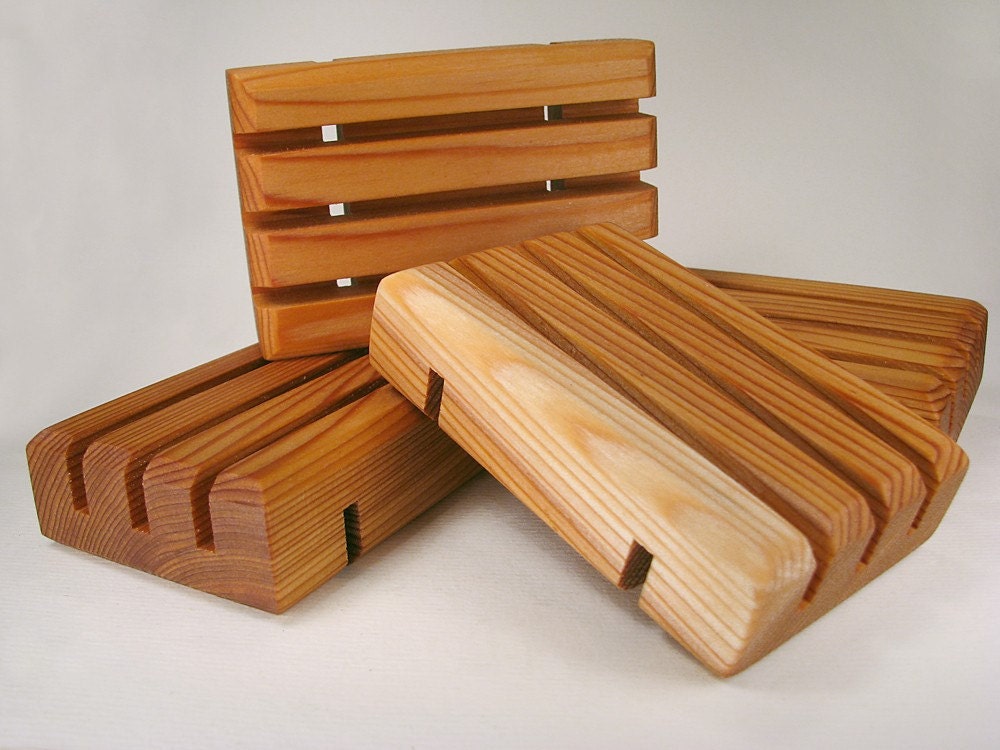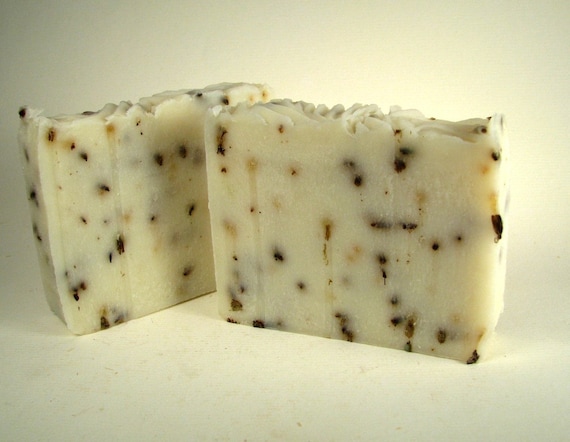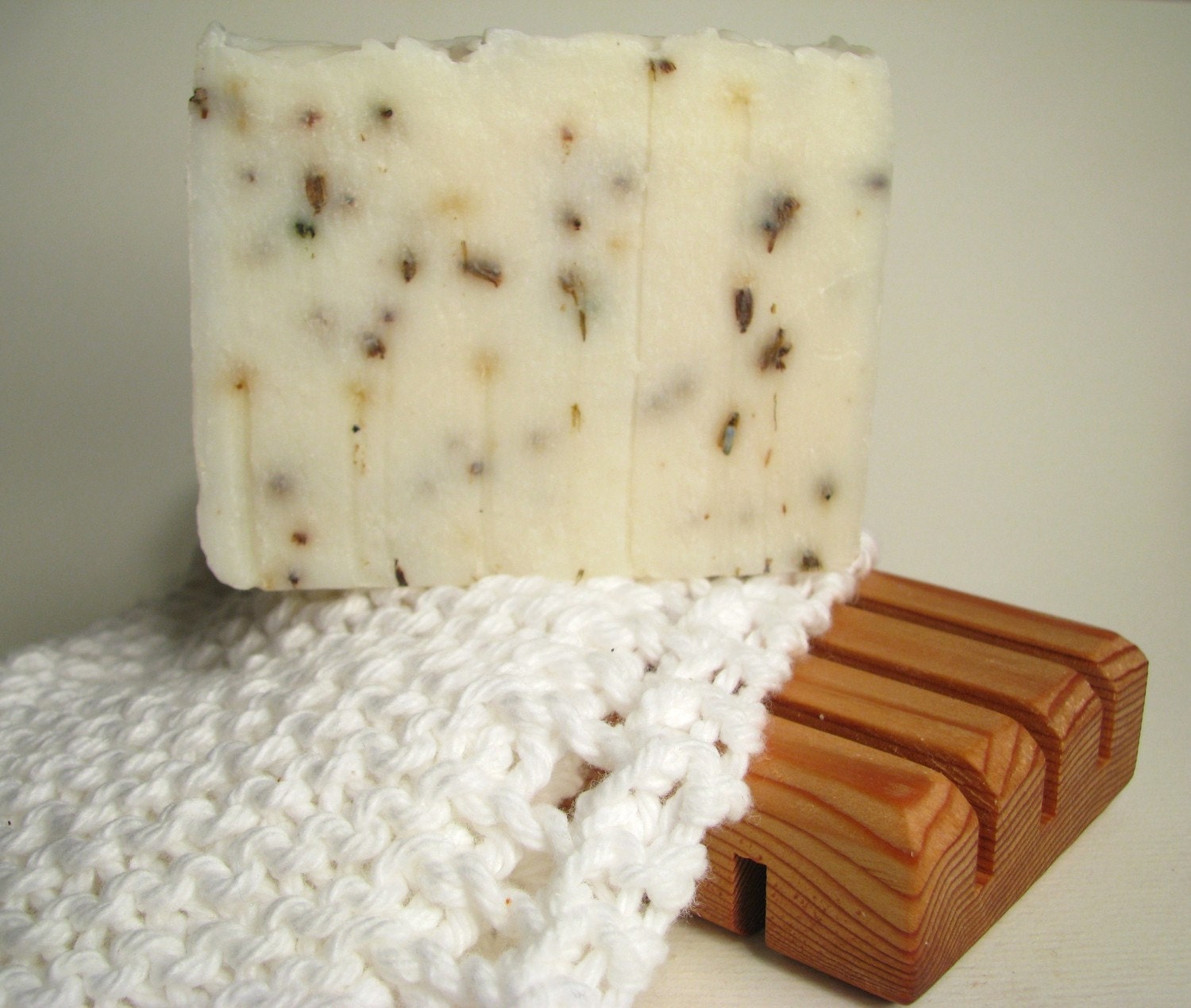February 23, 2011
Joel Shatzky, Professor Emeritus in English at SUNY, Cortland, argues for the return of wonder to learning.
Arts Education as a Spiritual Act
By Joel Shatzky
The present trend in the politicization of American public education through the demonization of teacher's unions, the closing and "restructuring" of schools that are replaced with or encroached upon by charter schools, and the emphasis on high-stakes testing as a way of measuring student progress is increasingly marginalizing good teaching and good learning. This trend is most common in many "low-performing" public schools, many of which have multiple reasons for low student achievement that are only tangentially connected to their educational experience. Good teaching practices and their results are immeasurable by any conventional forms of testing although, if the present trend continues, and, as of this writing shows no sign of abatement, a two-tier education system will mirror the two-tier society in which the feeble imitation of democracy will attempt to mask the dominance of a corporocracy. It will be a society in which an almost caste-like system of low-wage, low-level jobs will be firmly established with little if any opportunity for upward mobility for the employees since the quality education that was once the mark of the American public school system will become exclusively the privatized provenance of the children of the privileged and connected. America will increasingly become a soulless society.
As this trend continues to evolve and grow, the spiritual qualities of America which was once, in the words of Abraham Lincoln, the "last best hope of mankind" will have been extinguished, while along with the intellectual and cultural environment, the physical environment will continue to decline. In order to see the consequences of this "educational reform" movement let's examine what a large proportion of our young learners are not being adequately taught as "test prep" increasingly crowds out the opportunity for giving them a comprehensive and sound education.
Are they being taught civics, the basic elements of our democratic system; the obligations as well as privileges of citizenship; the rights granted by the Constitution? No, or certainly not effectively, judging from the level of ignorance and misinformation that has been displayed in what has been passing for public discourse during the recent election campaign. Are they being taught American and world history? Are they being provided with a solid knowledge of science and the scientific method, the process of reasoned discourse, the need for a respectful acknowledgement of differences of opinion? Are they being given an understanding of the significance of other cultures which would entail the systematic study of foreign languages when less than half of high school students are taking foreign languages as part of their curriculum?
All of these subjects needed in order to maintain a healthy democratic society are being given far less attention than they deserve as evident from the increasingly xenophobic, intolerant and irrational atmosphere in our national psyche that will lead, I believe, to greater political and social repression as the economy continues to stagnate or decline. Yet to me, one must pay particular attention to another of the basic elements in creating an atmosphere of civility, respect for others, and, in general, a cooperative and emotionally healthy society since it is being increasingly neglected or marginalized in public education: the arts. If the largest school system in the country, in New York City, is any indication of what is to come in arts education, we have good reason to be concerned for its future as an integral part of a young learner's educational experience.
In an interview last year on WNYC, Richard Kessler, executive director of the Center for Arts Education,(
http://www.artsjournal.com/dewey21c/) discussed the impact of Mayor Bloomberg's educational priorities on the arts programs in the New York City schools. This was in connection with a study released by the CAE concerning graduation rates of students in schools that had strong arts programs.
Called "Staying in School," the report, released on October 19, 2009 revealed that:
§ High schools in the top third of graduation rates had almost 40 percent more certified arts teachers per student than schools in the bottom third-or, on average, one additional arts teacher per school.
§ High schools in the top third of graduation rates had almost 40 percent more physical spaces dedicated to arts learning per student than schools in the bottom third.
§ High schools in the top third of graduation rates had 35 percent more graduates completing three or more arts courses than schools in the bottom third.
However, the results, in large part, of Mayor Bloomberg's "assessment" campaign in which testing in reading and math have been emphasized over any other objectives in classroom teaching, has yielded the following according to findings issued by CAE, an Annual Arts in Schools Report for 2007-08:
Only 7% of elementary schools have arts instruction in the four arts disciplines: Music, Art, Theatre, Dance; 67% of elementary schools and 47% of middle schools offer only one or two arts disciplines. In the high schools although 79% offered instruction in two arts disciplines only 27% offered all four. With the continual cuts in the school budget, this trend could only have been exacerbated since that report was issued.
For in a more recent report this past June 10, Kessler cited a bill by the California legislature that would offer the arts as "one alternative" to courses in technology for high school graduation. (
http://www.artsed411.org/participate/docs/ArtsJournalInfo%5B1%5D.pdf)
From my perspective, as a pianist for most of my life, a graduate of the High School of Music and Art, someone for whom art, music, theatre, poetry, fiction are essential, an education without the arts is as unthinkable to me as an education without learning how to read. There is no doubt that the arts contribute immeasurably to a young learner's ability to maintain that enthusiasm for mastery of a discipline that can trigger interest in other subjects as well. One of many examples of research that has shown the arts to be an effective way of teaching students, especially in the early grades, was displayed at a symposium, "Teaching Literacy Through the Arts"
http://edartsinstitute.org/pdfs/columbussession1.pdf conducted five years ago in Columbus, Ohio. This program presented such strategies as improving literacy of African-American students through personal narratives, another on building an award-winning theatre program with inner-city drop outs.
These and other studies indicate that music, art and "the playfulness" of learning strengthen children's motivations to discover and make their own the knowledge and skills that not only give them a job, but give them a fuller life. For what I have found as unique in the learning of the arts is the development and cultivation of the traits that produce truly humane and socially engaged citizens who are open to new experiences and knowledge on a higher level than those offered by the material world.
To learn to play a musical instrument certainly requires concentration, persistence, development of skills, and in the case of ensemble playing, the discipline of cooperation and collaboration that can be carried to a high level of proficiency. The same can be said for the development of the young artist, dancer, theatrical performer. They need to acquire the skills and discipline that are necessary in mastering any subject:
Understand what they have been taught;
retain this knowledge from one level of instruction to the next;
apply what they have learned as new knowledge and skills are acquired and mastered;
innovate through this mastery of the subject by developing new ideas, applications and creative concepts.
Music, art, dance and other forms of creative expression such as poetry and fiction demand from young learners all of these elements. To
understand how to play a musical instrument the students must invest concentration, commitment, persistence and apply the functions of memory through practice in order to learn how to exercise control over the many skills that produce music. But if the learning of each lesson isn't
retained to the next, if the young learner soon tires of the discipline, which often happens when the study produces more drudgery than accomplishment, motivation declines and the student no longer wishes to learn.
Application of the art is in the performance which is a way of measuring the progress the student is making, and when sufficiently advanced
innovation through interpretation and technique demonstrate what has been understood, retained, and applied when a distinctive style becomes an expression of the young musician's personality. The inventiveness of jazz improvisation is a perfect example of the mastery that is displayed by an accomplished musician.
This paradigm of learning applies in most other disciplines, among which are the sciences and math that rely on the understanding of a physical law or mathematical theorem, retaining this knowledge in order to apply it to the next level of the discipline, and being able to innovate and thus make new discoveries. If one of the arts is taught to young learners at the same time as science and math, the skills and discipline necessary for one can compliment and support the other: learning numbers through rhythms, symbols used in chemistry through musical notation, theorems through fugues and harmonic progressions.
But to me, in a world that seems to be trading humanity for commodity there is a far more significant reason to teach, encourage and nurture the arts: and that is to try to keep us human on the highest level to which we can aspire.
As one who has studied and played a musical instrument, the piano, most all of my life, I can attest to the pleasures of music-making as a truly spiritual experience. The music become a moment extended in time as the act of creating a work of art lifts the spirit into the happy illusion of touching something immortal. Although artists, musicians and poets certainly cannot live on spiritual sustenance alone, the experience of a transforming moment so it extends into infinity is a gift of a fuller life that can never be bought or sold. For it is then that the artist sees, the musician hears, the poet achieves an epiphany that transcends the sense of time and space that too often bind us to the trivialities of just getting on.
Children with learning disabilities often respond positively to music, the visual play of images, the rhythms of poetry. In a world too much of things that have little meaning once they are consumed, music, arts and all other forms of creative endeavor elevate and inspire us to be more than what we own and dispose of. One can only imagine what religious worship and practice would be without the music of hymns, the beauty of objects of veneration, the solemnity of a house of worship that is in itself a work of art.
The look on the face of a young musician in the ecstasy of the Now, as she plays her oboe solo, the wild glory of a youthful jazz ensemble discovering new sounds in old songs, the expression of triumph in the gaze of a street-wise teen excelling in his slam poetry: these are the gifts of creation learned and given to those daring to reach for a life beyond the subtle affliction of the Everyday. All of these qualities that lift human endeavor to achieve its highest aspirations in its full humanity are not included in the planning of those who wish to control the way children learn as if it can be measured as an end product for instrumental use in an increasingly mechanistic society.
When I was a graduate student, many years ago, I was teaching a poem in a class of freshman: Keats' "Ode on a Grecian Urn." One of the students bluntly asked me: "What's the use of learning this?" And I replied more from my gut than my head: "It has no use, and that's what makes it so necessary."
I hope it is not too late for educators, and parents and young and older learners to make that great sound of "WHOA" to what is happening to the minds and spirits of the children in the crabbed classrooms of this corporate-planned future: deprived of the space to think, the chance to breathe deeply, the moments to grasp at wonder.
In one hundred years I can only hope that some future teacher looks back at the benighted history of "the accountability movement" and can sigh with relief that sanity and humanity had returned to help young learners recover the richness of the moments that opened their eyes to the beauty of the creative act. I hope this teacher will be able to recognize that there were those who fought for the return of wonder to learning, not just for the few who believed in it as their entitlement, but for the many who thirsted for it; those promises of discovery which are the soul of education that inspire young learners to master the knowledge of others in order to make it their own.
And all these precious things first came into creation when the human race was in its infancy: that human voice which sang the first words ever heard; that human hand that captured an image of the world and fashioned it for ALL to see.
Joel Shatzky is Professor Emeritus in English at SUNY, Cortland where he taught for thirty-five years. He regularly contributes a blog on Huffington Post, "Educating for Democracy" http://www.huffingtonpost.com/joel-shatzky/
http://www.tikkun.org/article.php/20110223115123553



